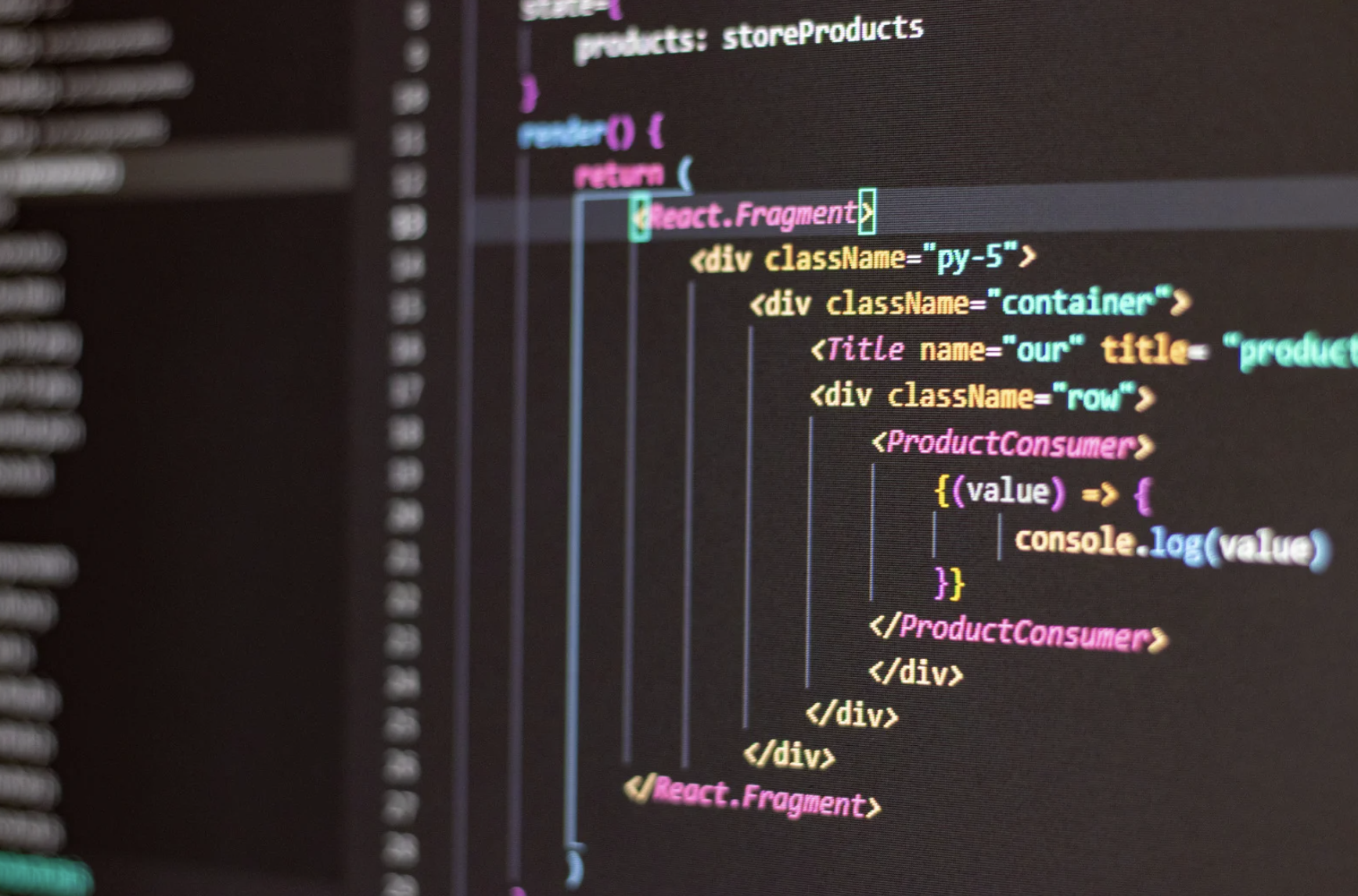In today’s digital world, software tools play a crucial role in our daily lives. From mobile applications to computer programs, we are surrounded by various software tools designed to make our lives easier and more productive.
But have you ever wondered what it takes to create these tools? What knowledge and skills are required to build a software tool from scratch? In this document, we will explore the essential elements that one needs to know in order to successfully build a software tool.
Understanding the Basics
Before diving into the technical aspects of building a software tool, it is important to have a solid understanding of some basic concepts. These include programming languages, data structures and algorithms, and software development methodologies.
Knowing these basics will provide a strong foundation for building any type of software tool.
Programming Languages
Programming languages are the backbone of any software tool. They are used to write code that tells a computer what to do. There are numerous programming languages out there, each with its own unique syntax and purpose. Some popular examples include Java, Python, C++, and JavaScript. Depending on the type of software tool you want to build, you may need to learn one or more programming languages.
Data Structures and Algorithms
Data structures and algorithms are essential components for building efficient and effective software tools. Data structures refer to the way data is organized and stored in a computer’s memory, while algorithms are step-by-step procedures for solving a problem using those data structures. Understanding data structures and algorithms will help you design and implement software tools that are fast, reliable, and scalable.
Software Development Methodologies
Software development methodologies refer to the approaches and processes used in developing software. These include agile, waterfall, and scrum methodologies. Each methodology has its own set of best practices for planning, designing, coding, testing, and deploying a software tool. By understanding these methodologies, you can choose the most suitable approach for your project and ensure a smooth development process.
Technical Skills
Apart from the fundamental knowledge mentioned above, there are certain technical skills that are crucial for building a software tool. These include:
User Interface (UI) Design
A visually appealing and user-friendly UI is essential for any successful software tool. It involves designing the layout, navigation, and visual elements of a software tool to enhance its usability and appeal to users.
Database Management
Most software tools require some form of data storage, which is where database management comes in. This involves creating, maintaining, and optimizing databases to store and retrieve data efficiently.
Quality Assurance (QA) Testing
QA testing ensures that a software tool meets its specified requirements and functions as intended. This involves thorough testing, identifying and fixing any bugs or issues, and ensuring a high level of quality in the final product.
The Importance of Collaboration
Building a software tool is not just about technical knowledge and skills; it also requires effective collaboration with others. As a developer, you will often work with designers, project managers, and other team members to bring a software tool to life. Collaborating with others allows for better problem-solving, idea-sharing, and ultimately leads to a more successful end product.
Staying Updated
The world of technology is constantly evolving, and so is the development of software tools. As a developer, it is important to stay updated with the latest trends, updates, and advancements in the industry. This includes learning new programming languages, keeping up with software development methodologies, and staying updated on emerging technologies that could enhance your software tool.
Conclusion
Building a software tool is a multifaceted task that requires a combination of knowledge, skills, and collaboration. By understanding the basics of programming languages, data structures and algorithms, and software development methodologies, and honing your technical skills in UI design, database management, and QA testing, you can successfully create a high-quality software tool. Remember to also stay updated with the ever-changing technology landscape to continuously improve and enhance your software tool-building abilities. With determination and dedication to learning, you can become a successful software developer capable of building innovative tools that make a difference in the world. So, keep learning and never stop building!






